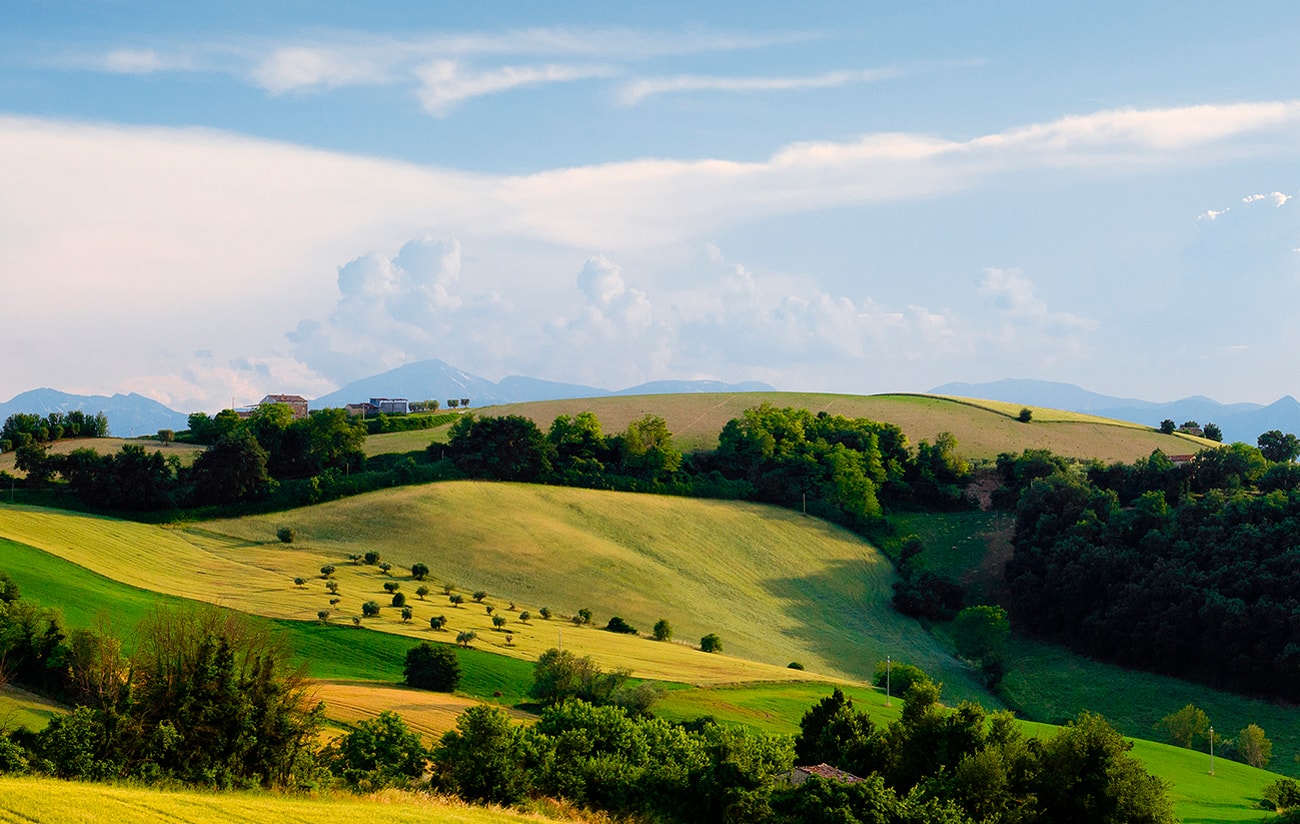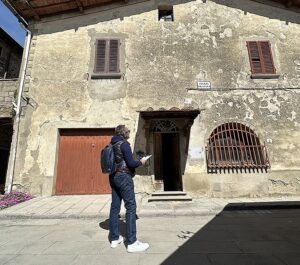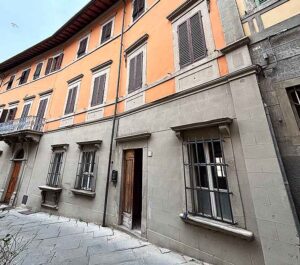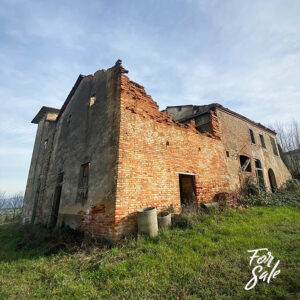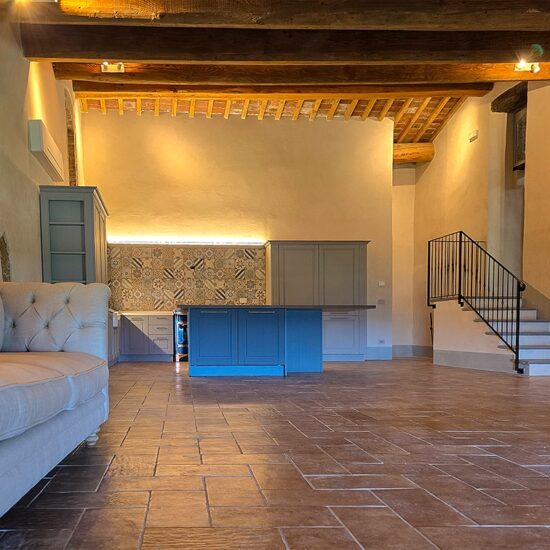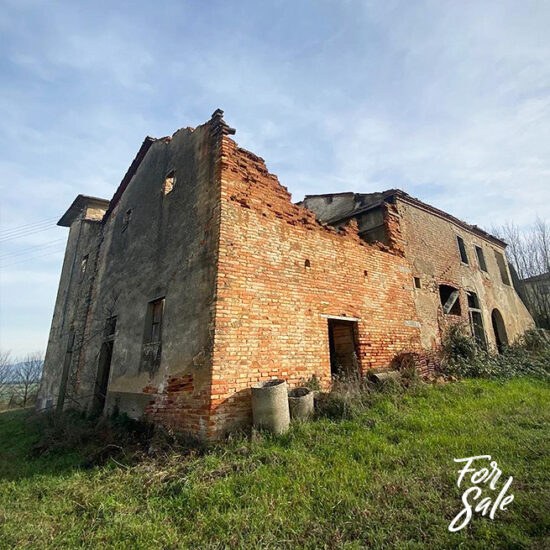The historical settlement of agricultural matrix constitutes one of the fundamental components of the traditional Umbrian landscapes. This architectural and urban heritage represents a fundamental testimony of the harmonious relationship between human activity and the environment that characterized the pre-modern world and agricultural economies. It therefore has an invaluable and irreplaceable value for the preservation of our historical-cultural identity. Sometimes the pre-existing building structures no longer used, have retained their physiognomy. Sometimes, more often, they appear profoundly changed: the color of the facade, the new fixtures, the transformation of the technical spaces arranged on the ground floors into parking spaces, new boxes juxtaposed to the old building, the insertion of personalized ornaments, new fences around that space that once represented the hay, they often make the original historical matrix unrecognizable.
Following the 2000 Landscape Convention, new principles and new intervention rules were established to safeguard and enhance not only the single architecture, isolated from its context of integration, but the landscape unit in its entirety, understood as a set of links morphological, functional and symbolic between built spaces and open spaces.There is also a strong conviction that the valorization of rural architecture, in particular, must presuppose the recovery of techniques and knowledge that have enabled its birth and maintenance over time, thus widening the notion of rural building heritage to that of rural cultural heritage. Every intervention project should evidently be inspired by a general objective of reintegrating these places in the contemporary, adapting them to the changed housing and settlement needs, without however canceling their identity characters, and at the same time avoiding transforming them into “museums” as an end in themselves. Recurring problems such as the need for expansion, the heat loss due to insufficient characteristics of the vertical closing elements, the plant integration, the presence of humidity in the ground floor, should be addressed, operating in full compliance with the pre-existence, through the use of light technical solutions and natural materials, able to ensure the required level of performance. In general, any project should develop a renewed focus on the reading of the rules of morphological, functional and symbolic interaction constituting the landscape unit and its relations with the context of insertion.



